Researchers from the Indian Institute of Technology Madras report a water purification device that is estimated to deliver arsenic-free drinking water to a family of five for just US $2 per year.


Researchers from the Indian Institute of Technology Madras report a water purification device that is estimated to deliver arsenic-free drinking water to a family of five for just US $2 per year.

Researchers propose a new idea about the origin of piezoelectric energy generation in graphene.

First-principles analyses of the mechanical properties of borophene – a novel material for flexible nanoelectromechanical devices.
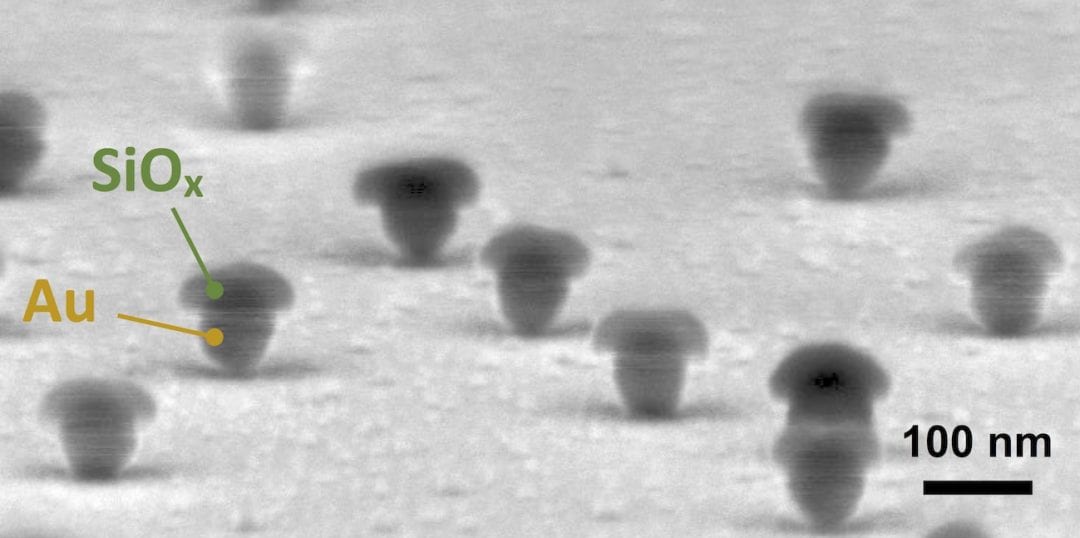
You can now include gold/silica nanomushrooms on your menu, as András Deák and co-workers recently published their generation in Particle.

Recently, researchers at the Friedrich-Alexander-University Erlangen-Nürnberg presented an electronic analogue of Mie scattering.
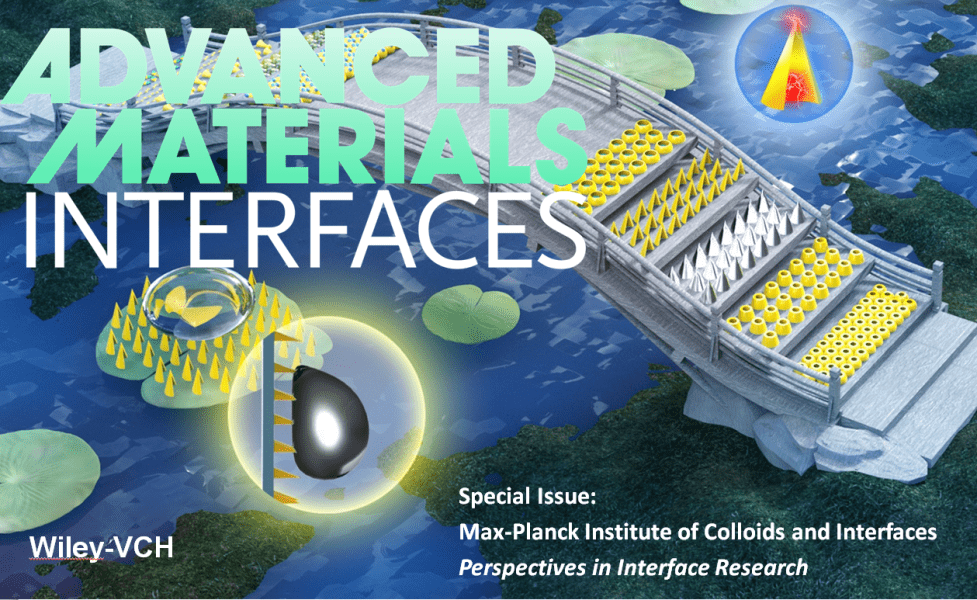
The first issue 2017 in Advanced Materials Interfaces highlights “Perspectives in Interface Research”.
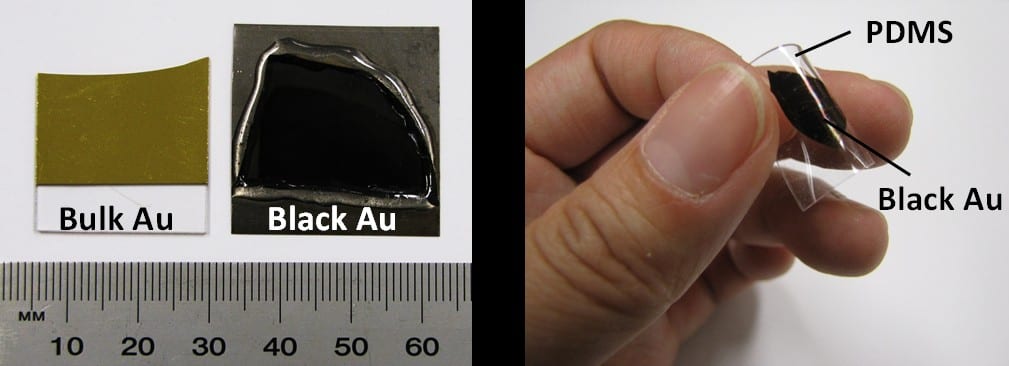
Researchers from the Australian National Fabrication Facility, Monash University, and the University of Melbourne describe the straightforward preparation of black gold, a material of promising optical properties.
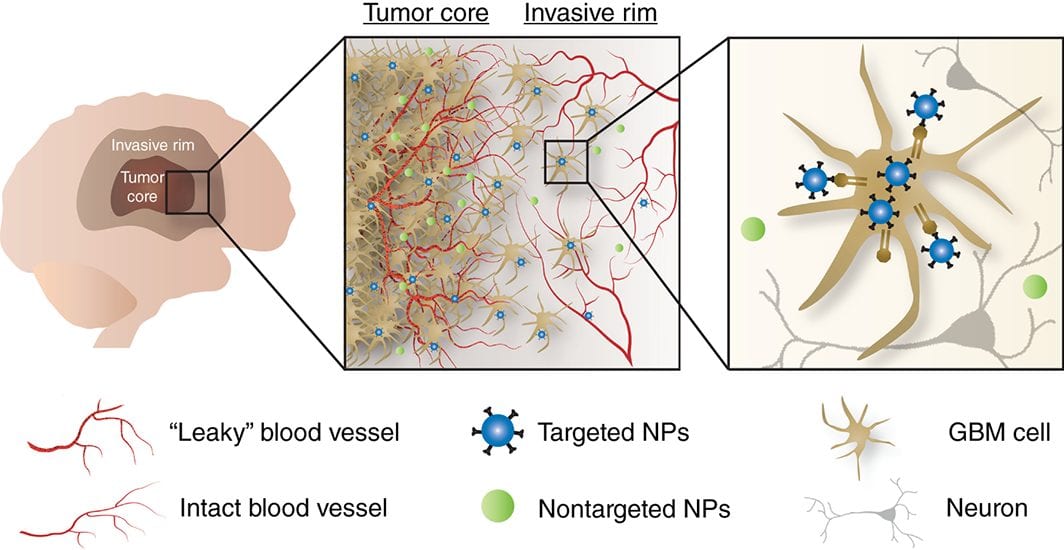
In an effort to overcome barriers to the treatment of glioblastoma (GBM), targeted nanotherapeutics have emerged as promising drug delivery systems with the potential to improve pharmacokinetic profiles and therapeutic efficacy.
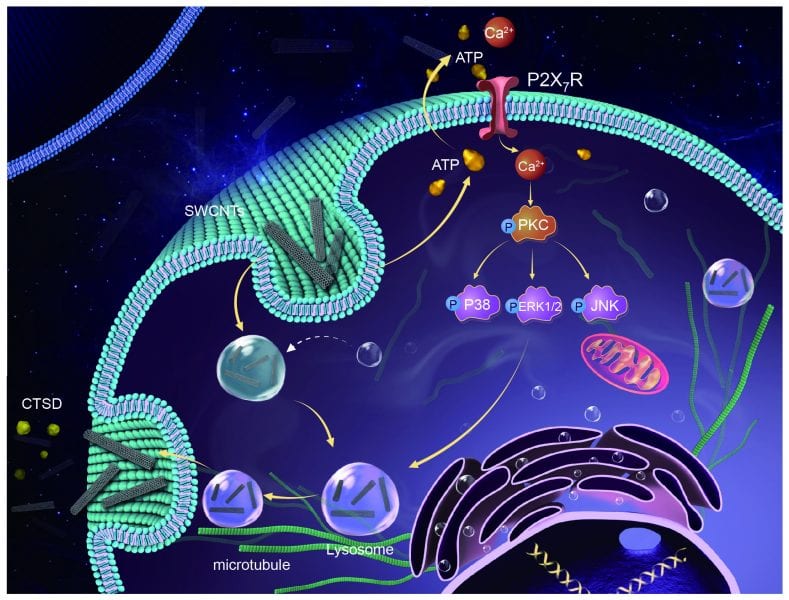
To design nanoproducts with improved therapeutic efficiency and controlled toxicity, we need to understand the mechanisms of cellular uptake and exocytosis of nanoparticles.

Researchers from the Massachusetts Institute of Technology, USA have introduced a simple strategy for making nanoparticles by the sonofragmentation of high‐aspect‐ratio 1D substrates.